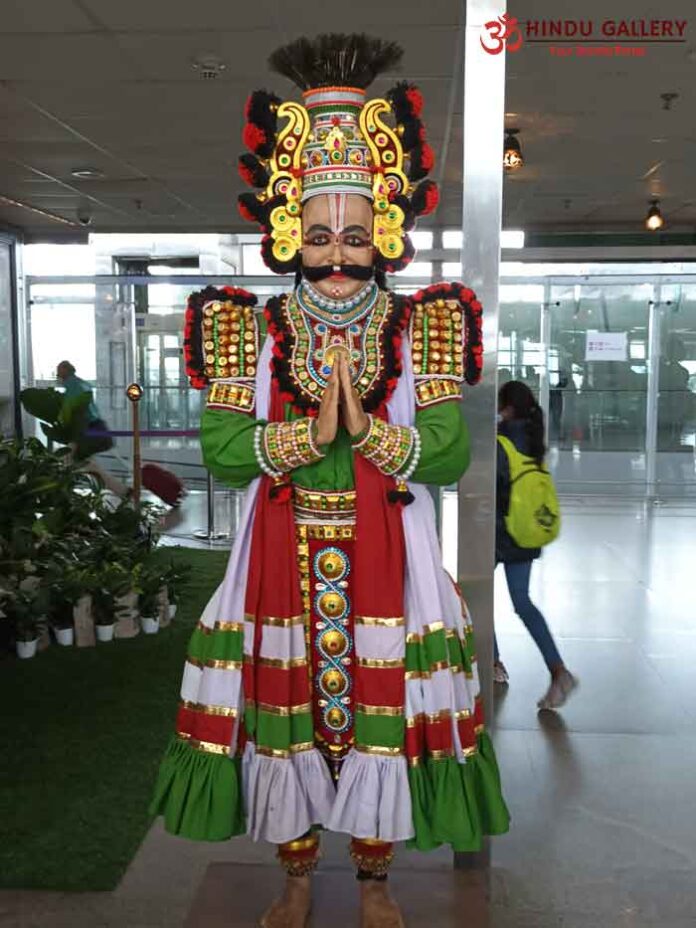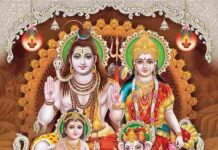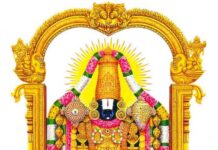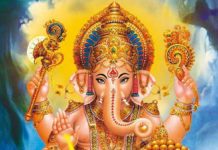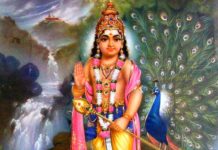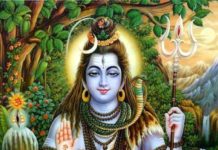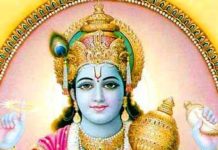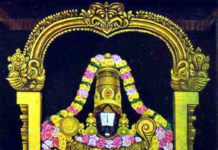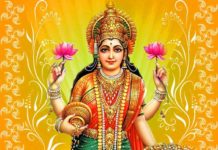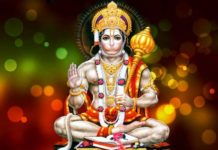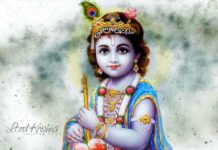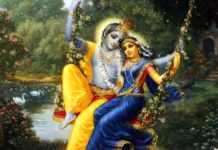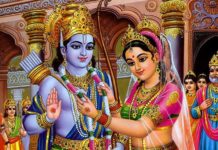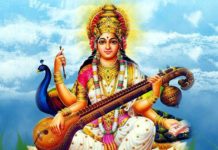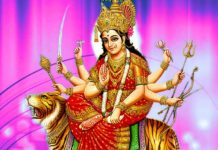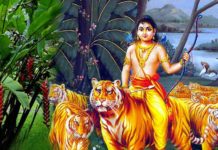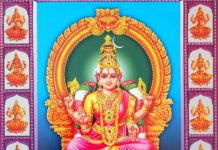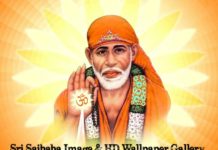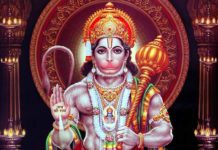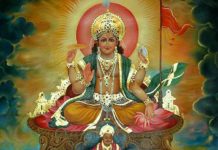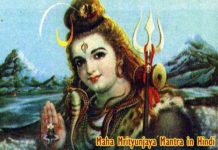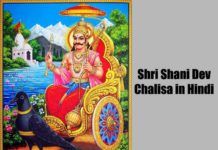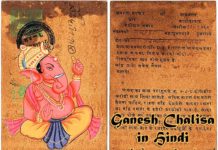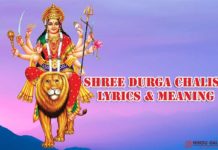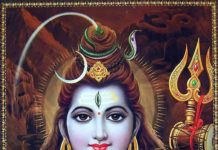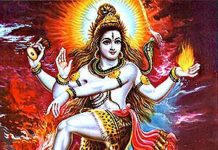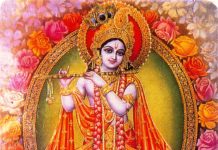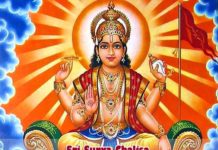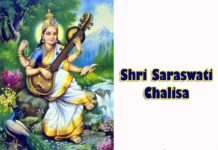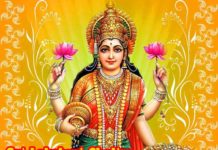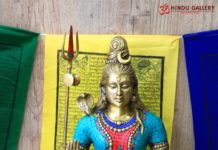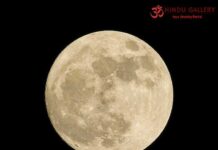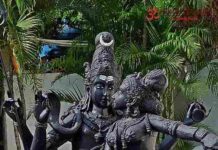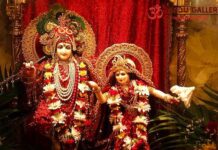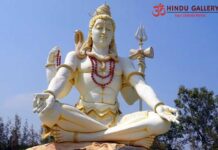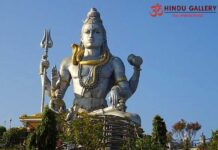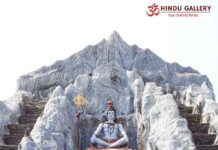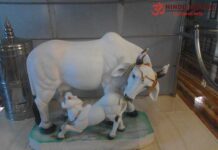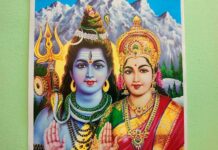Mangaluru is one of the cities in the South of Karnataka State. The place is ascribed to Mangal, the Angaraka Graha. The soil of the place is reddish. “Mangal” also denotes auspiciousness. The city is abundant in temples and the surrounding towns are known for very old famous temples. Earlier, this place was called as Mangala Pura.
A few of the temples in Mangaluru are covered in this article.
Sri Mangalambika Temple
This temple is situated at Bolara at Mangaluru. The city derived its named from this temple. The temple is ascribed to the worship of Sri Shakthi in the form of Sri Mangalambika. The place where the temple is situated is called as Mangala Devi.
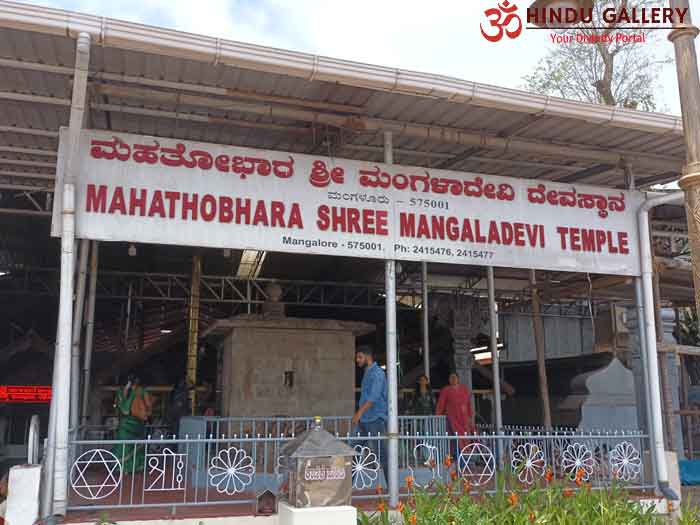
As per the legend, it is believed that this temple was consecrated by Sri Parashu Ram. It is believed that it was later fully constructed in 9th Century A.D by Sri Kunda Varman of Alupa Dynasty.
As per the belief, there was a tradition named Nath founded by Sri Machyaendra Nath. Malabar Princess Premala Devi (who was also called as Parimala) became the follower of Nath tradition. When she was travelling, she fell ill at the place and expired. The local people had built a Shakthi temple in her honor and named the presiding Deity as Sri Mangala Devi.
The temple is built in the Kerala style of architecture. The main Gopuram is two tiered and the upper tier has kottupura, the drum house.
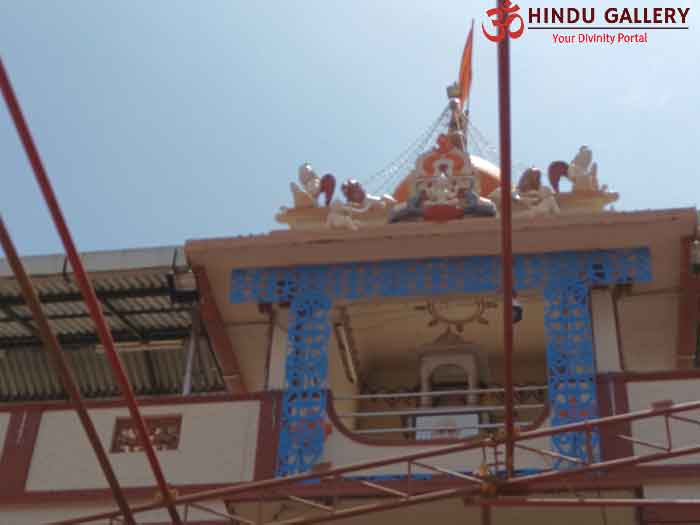
The Dwaja Sthamba is facing the main sanctum. The sculptures of Dwara Palaks are depicted in the sthambam.
In the main Sanctum called Garbha Gudi, Sri Mangala Devi is in sitting position. The sanctum is circular with the base built of granite. The superstructure is built of laterite and the conical roof is made of wooden structure topped by terracotta.
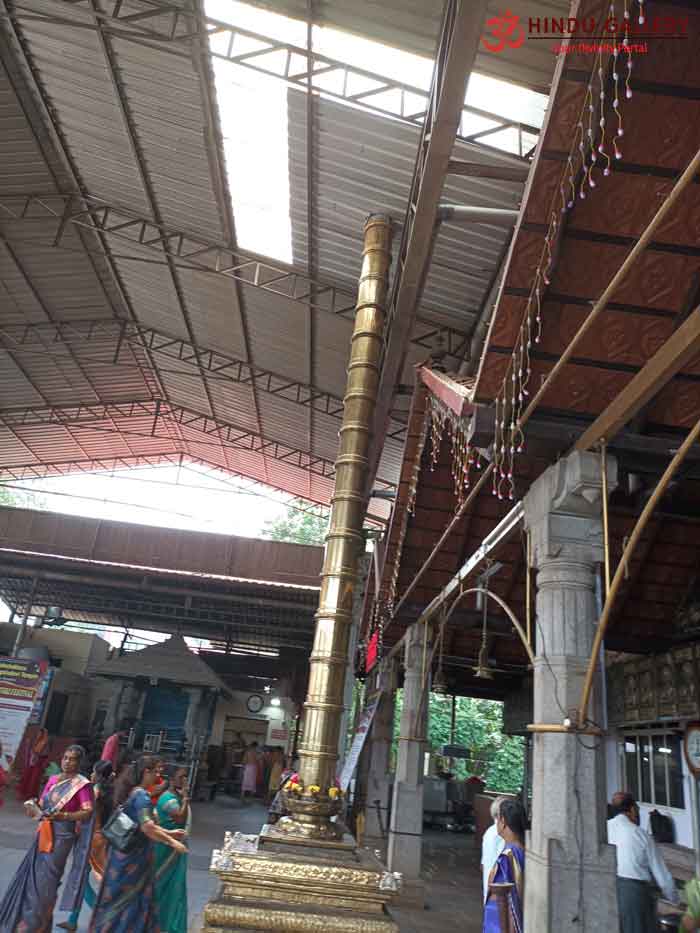
In the main sanctum, there is an elevated small shrine of Sri Naga Devatha. Sri Mangala Devi is in sitting position called as Dhara Pathra. There is a small Shiv Ling in front of Sri Mangalambika.
The temple is in a rectangular enclosure and outside the main sanctum, there are many small shrines for other Deities.
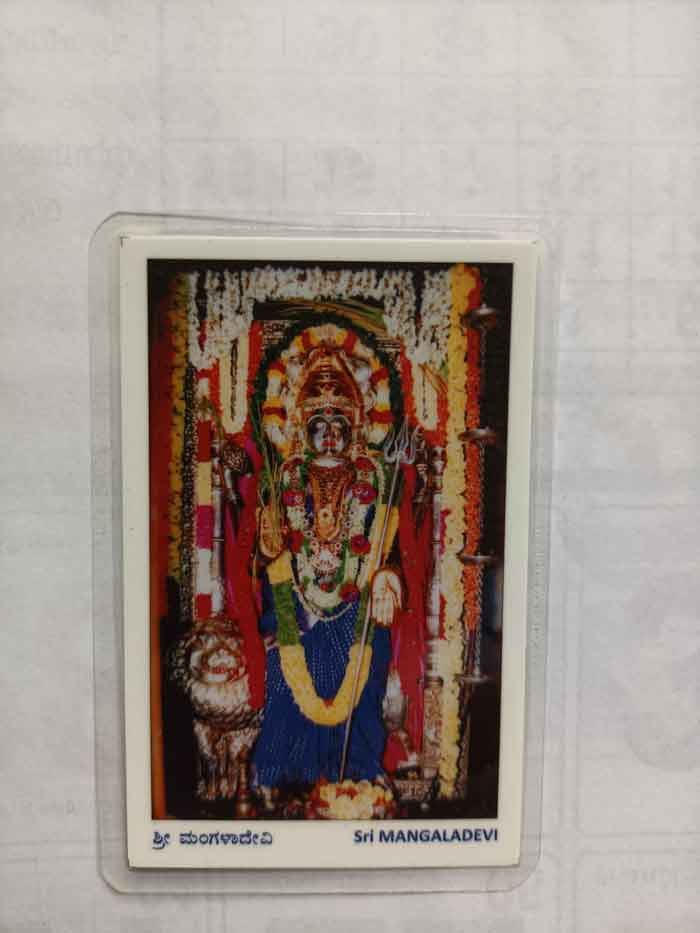
During Navarathri festival, special pujas are done on all the days. On the seventh day, Sri Mangala Devi is worshipped as Sri Marikamba or Sri Chandika. On the eighth day, Sri Devi is worshipped as Sri Maha Saraswathi. On the ninth day, Devi is worshipped as Sri Vaak Devi and Ayudha Puja is done on that day. Chandika homam also is performed on this day.
On Vijaya Dashami day, Rathothsava is conducted. Goddess is mounted on the chariot and taken on a procession upto Marnamikatte and there, special prayers are offered to the Goddess and the Shami tree.
Morning Puja is done at 06.00 A.M followed by afternoon Puja at 01.00 P.M and Evening Puja at 08.30 P.M. On Fridays, evening Puja is done at 09.00 P.M. Darshan is allowed from 06.00 A.M to 09.30 A.M, from 11.00 A.M to 01.00 P.M and from 04.00 P.M to 08.30 P.M. On Fridays, darshan is allowed upto 09.00 P.M.
Devi Mahathmiya Parayana, Ashtothara Archane, Thrishathi Archane, Appadha Puja, Kunkuma Archane, Durga Namaskara, Karthika Puja, Pushpanjali Puja, Thri Madhura Neivedhya, Panchamritha Abhisheka, Rudrabhisheka, Kalasa Snana, Vidhyarambha, Pushpa Puja, Alankara Puja, Nithya Maha Puja, Sarva Alankara Puja, Shashwathaha Puja, Sanna Ranga Puja, Dodda Ranga Puja, Durga Homa and Chandika Homa are some of the major Pujas and Rituals followed in the temple.
Unmarried women aspiring for good husband undertake Syamvara Parvathi Puja at the Sannidhi of Sri Mangala Devi. The devotee should take sankalpa at the sanctum and get the puja performed. For the whole day, she should avoid food made of rice. Satvic mild food made of wheat is allowed.
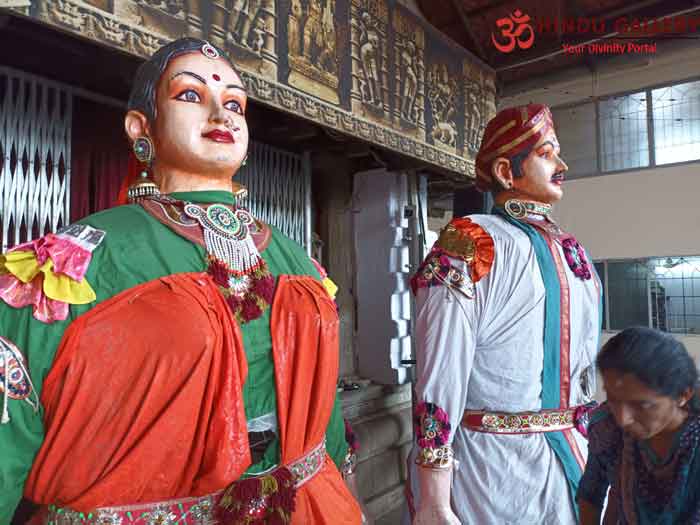
Vinayaka Chathurthi, Masik Shukla Paksha Chathurthi and Vinayak Chathurthi are grandly celebrated at Sri Ganapathy sanctum.
Kadhri Manjunatheshwar Temple
This temple situated at Kadhri Hill area of Mangaluru. The temple has the confluence of multi-Deities worship by having Bhagwan Manjunatha Swamy, Sri Trilokeshwar and Sri Avalokiteswara.
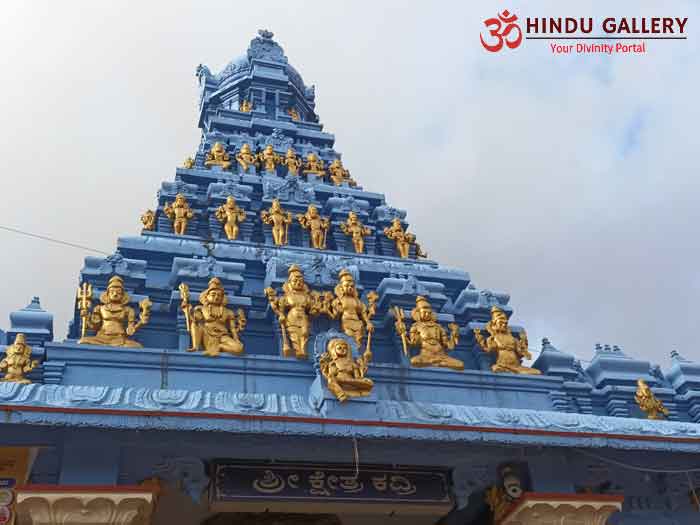
It is believed that till 10th Century, this temple was the Budhist worship place. Natha cult of worship sampradaya is believed to be initiated in this place. It is also believed that Kundalini form of Yoga was discovered here.
As per the legend, the place was earlier known as Kadalivana under the ocean. Sri Parashu Ram had completed His vow of exterminating 21 generations of Kshatriyas. In order to alleviate the ill effects, He was looking for a place to do penance on Bhagwan Shiv.
He had prayed Bhagwan Shiv to show Him the place to do penance. This Kadali Vana was made known to Him. Sri Parashu Ram had requested Varuna Bhagwan to give the land to Him. But Varun refused. Sri Parashu Ram then threw His axe on the place and then the sea water retreated to give Sri Parashu Ram the place to do penance on Bhagwan Shiv. Sri Shiv had given darshan as Sri Manjunatha Swamy.
Bhagwan Shiv had also told Him that there was a Shiv-Ling in the water body at the place. He had asked Sri Parashu Ram to build a temple there with the help of Viswa Karma.
As per another belief, Sage Machyendra Nath who is believed to be the avathar of Bhagwan Shiv and His wife Sri Mangala Devi who is believed to be the avathar of Sri Parvathi Devi had visited this place. Sage Gorak Nath had also visited the place along with the holy couple.
The trio were impressed by the divinity of the place and had decided to make a Shiv Temple there. Sri Machyendra Nath had sent Sri Gorak Nath to bring a Shiv-Ling from Kashi. But Sri Gorak Nath got delayed in the process. In the meantime, Sri Machyendra had prayed to Bhagwan Shiv and got a Shiv-Ling named as Udbhava Lingam and consecrated it there.
The Shiv-Ling brought by Sri Gorakh Nath was taken to Dharmasthala by Sri Annappa Swamy.
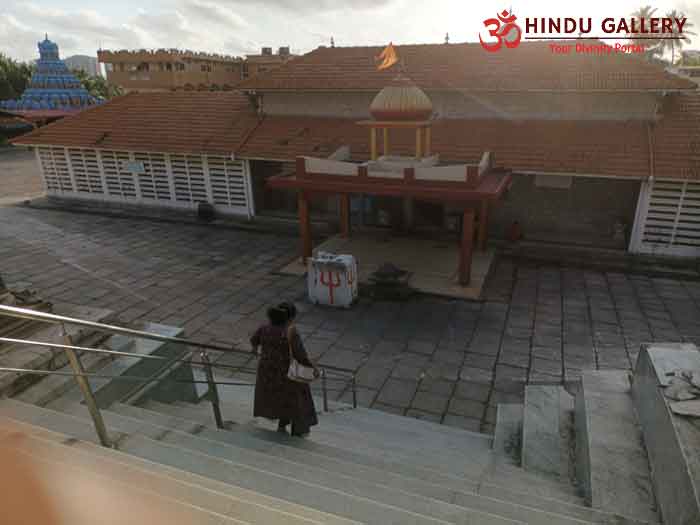
The temple appears as a square structure on a hill top. Sage Machyendra Nath is depicted in the Southern side of the temple. The vigraha of Sage Gorak Nath is in the western side of the temple.
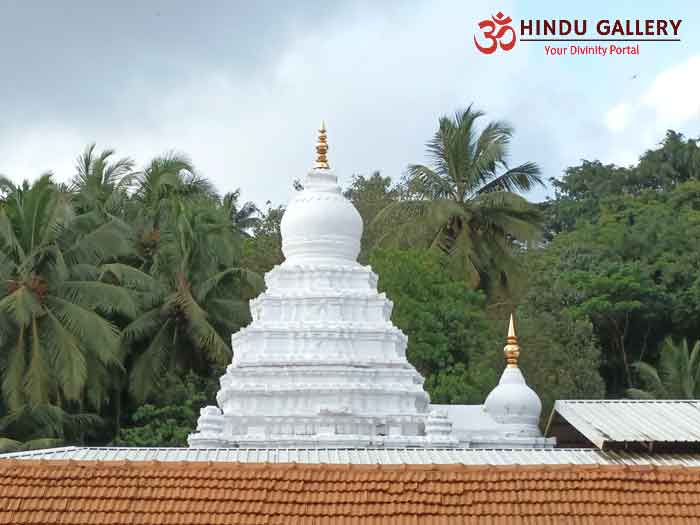
The Deepasthambam is in the northern side of the temple.
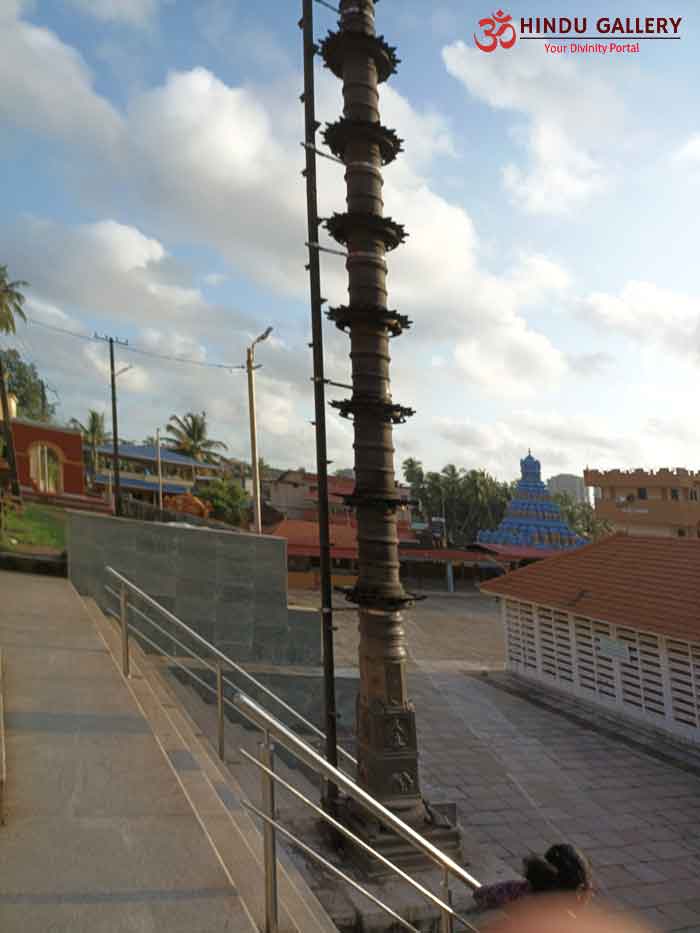
The presiding Deity is Sri Manjunatha Swamy. He is depicted in Budhist form. The vigraha is made of five metals combinedly called as Pancha-loha. Sri Bhagwan has three faces, six arms and a crown (kireet) on His head.
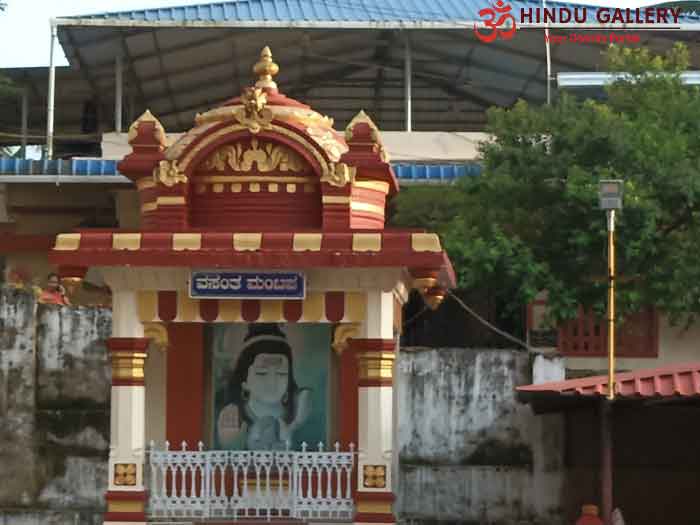
At the temple, there is a five-feet bronze vigraha of Sri Lokeshwar. He is considered as Sri Brahma.As per the legend, it is believed that it was installed nearly thousand years ago by King Kundavarma of Alupa dynasty. There are similar vigrahas named Sri Avalokiteshwar who is hailed as Sri Narayana and Sri Budha Deva who is hailed as Sri Ved Vyas.
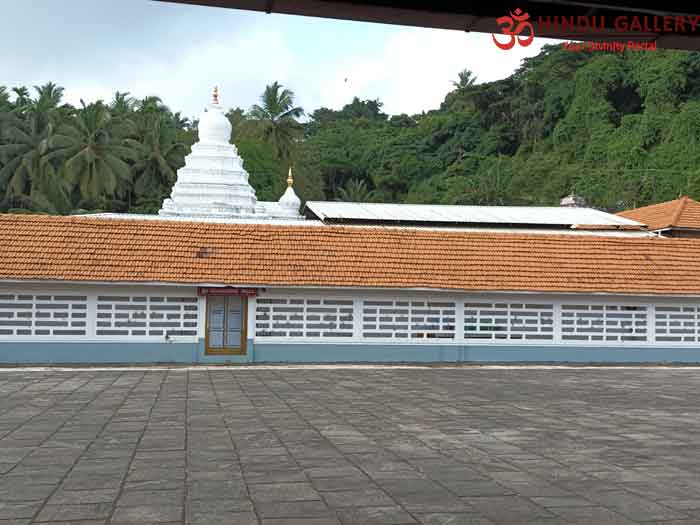
At the elevation at the back of the temple, there is a dedicated Ganeshwar shrine.
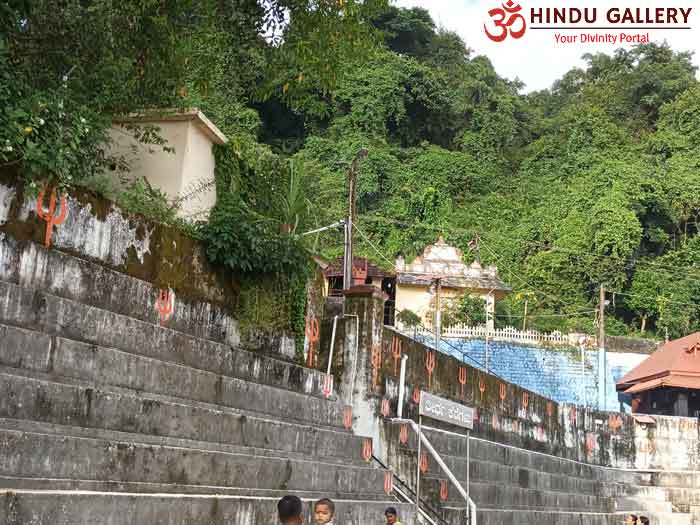
Under the shrine, water sprouts from a Gomukh.
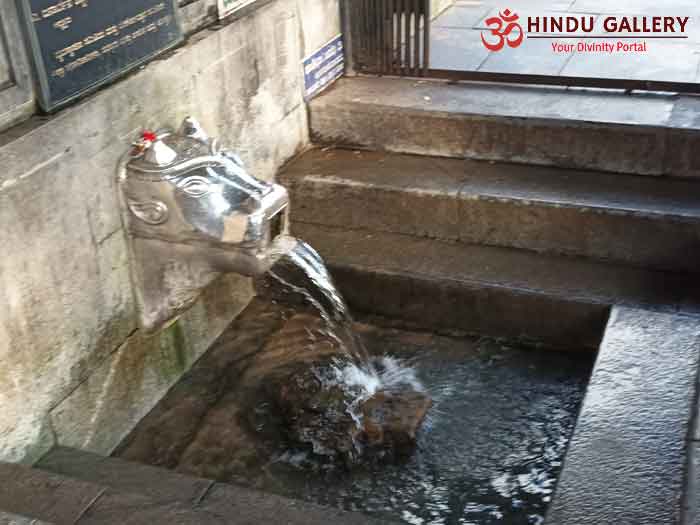
It is believed that the water comes from Ganga. If we go further up the steps, there is a Shiv Ling in open yard. Devotees are allowed to do abhishekam to this Shiv-Ling.
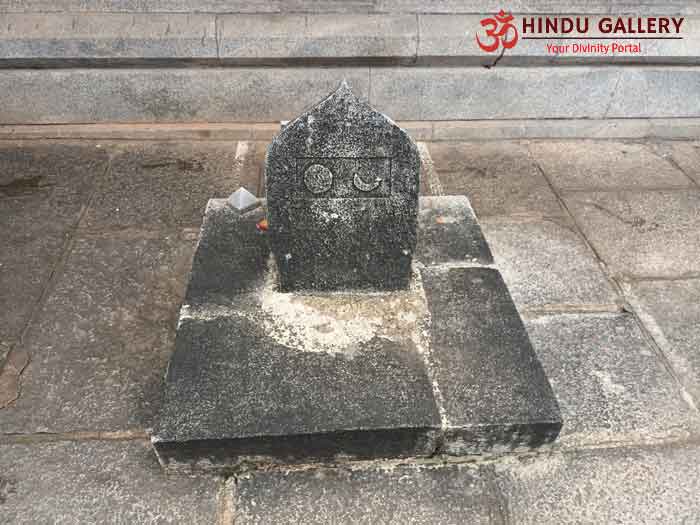
It is believed that Bhagwan Shiv had blessed that the Sapthakoti Manthras become the seven theerthas of the temple.
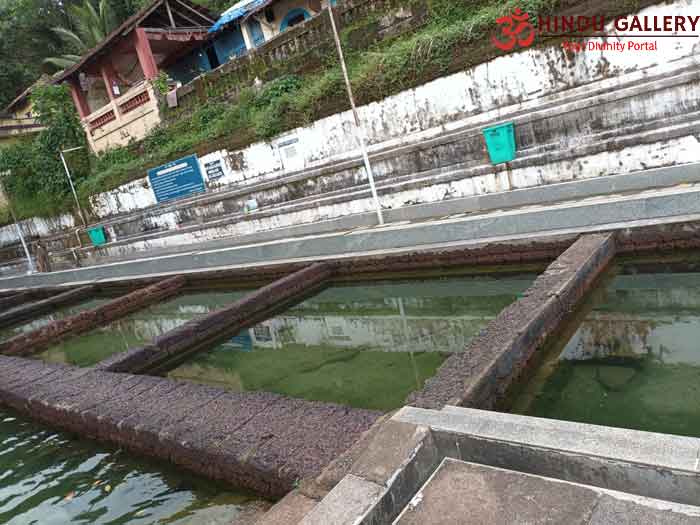
The seven theerthas of the temple are nearly twenty feet above the temple level. The water is collected from the Gomukh water spring. The main Theertham is called as Gomukha Bhageerathi Theertham.
There are dedicated shrines for Bhagwan Ganesh, Bhagwan Vishnu, Sri Anna Purna Devi, Sri Aiyappa, Sri Kateel Durga Parameshwari, Sri Manjushree and Sage Sri Vyasa Muni.
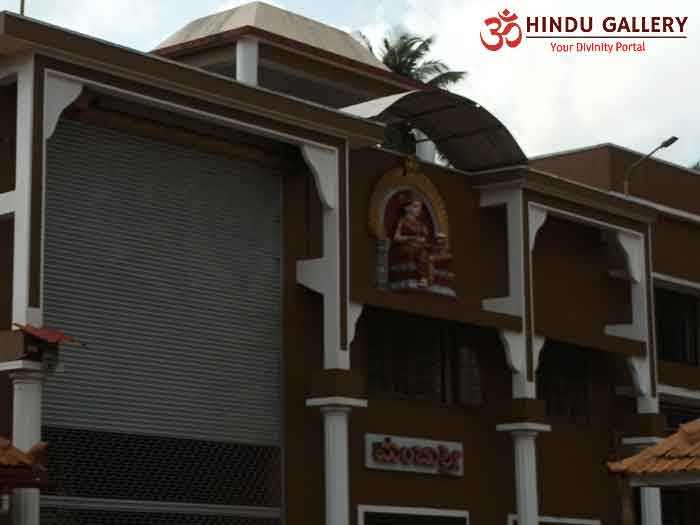
The cave-like structure near the temple is called as Pandava caves as it is believed that Pandavas stayed here during their vanvas days.
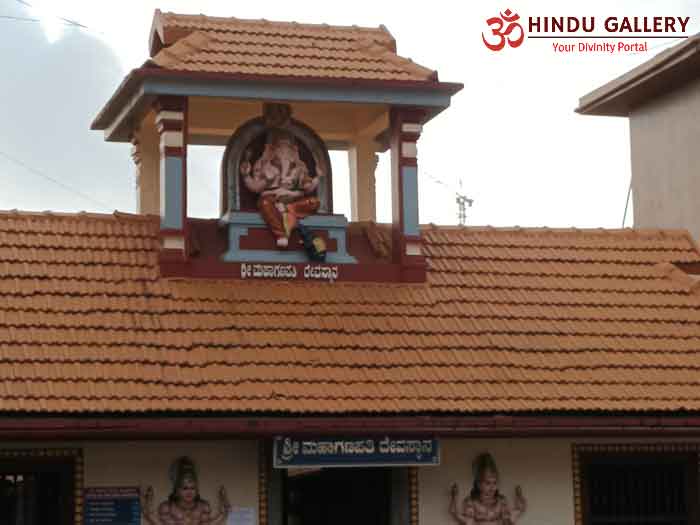
It is believed that the temple was constructed in the period of 12th or 13th Century. The construction is said to be that of Vijaya Nagara style.
Darshan timing is from 06.30 A.M to 02.00 P.M and from 04.00 P.M to 08.30 P.M. The temple is opened at 5.40 A.M; Rudrabhishekam is done at 7.30 A.M and 11.00 A.M followed by Ekadasa Rudrabhishekam at 11.30 A.M, Maha Puja at 12.00 Noon, Rudrabhishekam at 07.30 P.M, Karthika Puja at 07.45 P.M and Belli Rathothsava at 08.00 P.M.
Rudrabhishekam Pujas are done as prescribed in Shiv Puran. Bilva Archana, Karpoora Harathi, Panchamrutha Abhishekam and Sahasra Nama Archana are some of the Pujas done at the temple. Homam / havan such as Navagraha Shanthi Homam, Sukra-Adithya Sandhi Shanthi Homam, Kuja-Rahu Sandhi Shanthi Homam, Rahu-Bruhaspathi Sandhi Shanthi Homam and Mruthyunjaya Homam are conducted as per the wishes of the devotees. Apart from these, Sathya Narayana Puja and Ranga Puja are also conducted.
Annual Maha Uthsava festival commences on Makara Sankaranthi. Sri Malaraya Daiva is taken on procession. Flag is hoisted on the Dwajasthamba and Kanchi Sthamba is lit. Silver chariot festival is also held.
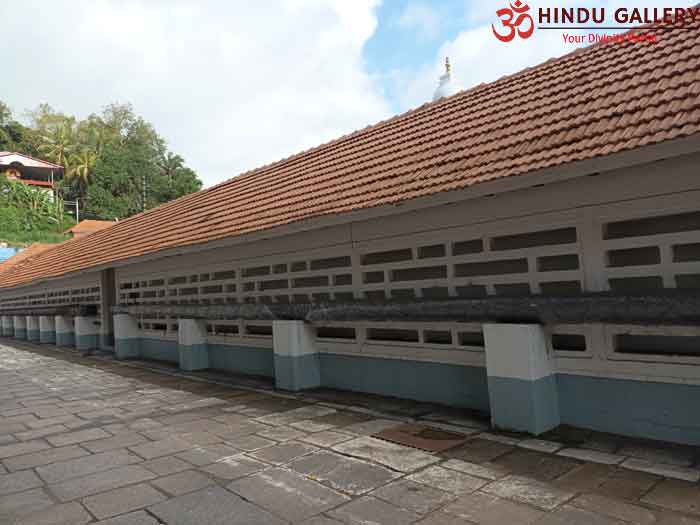
Kadira Urchava, Karthika festival, Janmashtami, Ganesh Chathurthi, Yugadhi, Dhanu Puja, Laksha Deepa Urchava, Karthika Somavara, Nava Rathri, Deepavali, Upa Karma and Shiva Rathri are some of the major festivals celebrated in this temple.
Annadhanam is provided to the devotees from 12.30 P.M to 02.00 P.M.
The temple administration has pilgrim accommodation facility subject to prior booking and availability.
Sri Gokarnanatha Swamy Temple, Kudroli
This temple is called as the Golden Temple of Mangaluru. The entire temple premises is of mesmerizing golden hue. It is also called as Sri Gokarna Natha Kshetram dedicated for Billava community.
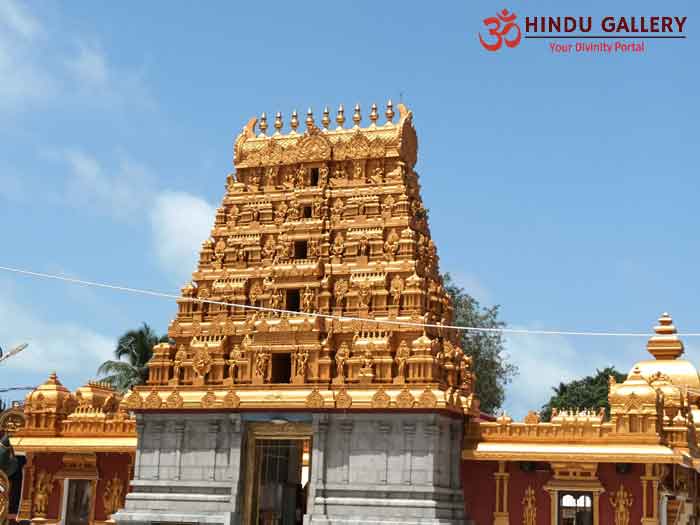
The temple is ascribed to the worship of Bhagwan Shiv in the form of Sri Gokarna Natha. The temple is said to be consecrated by Sri Narayana Guru.
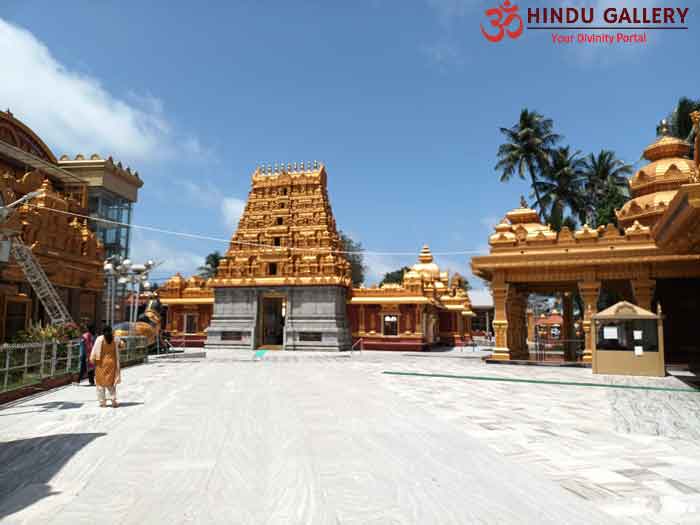
The temple is in existence from the year 1912.
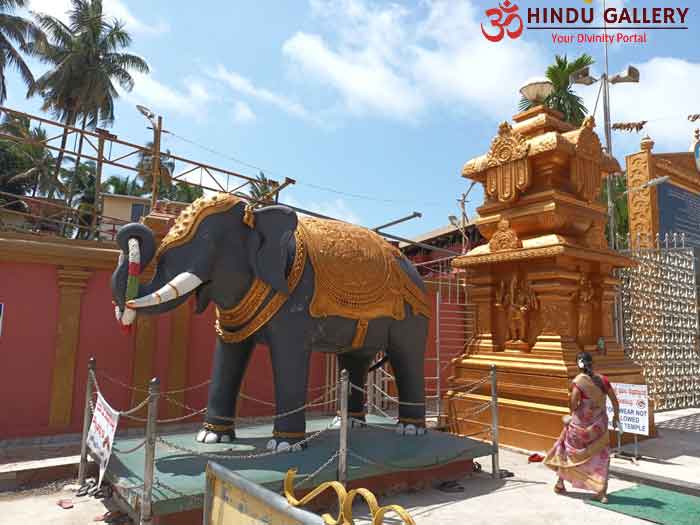
Apart from the main sanctum for the worship of Sri Gokarna Natha, there are dedicated shrines for other Deities such as Sri Maha Ganapathi, Sri Anna Purna, Sri Durga, Sri Subramanya, Sri Ananda Bhairava, Sri Krishna, Sri Anjaneya, Sri Nava Grahas and Sri Shaniswar.
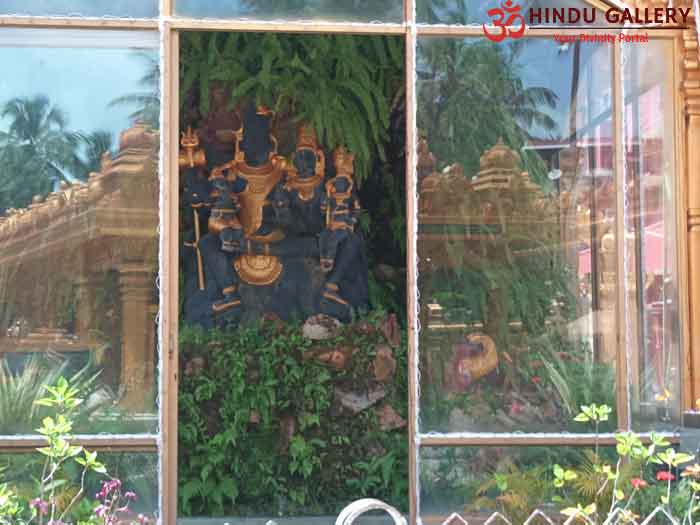
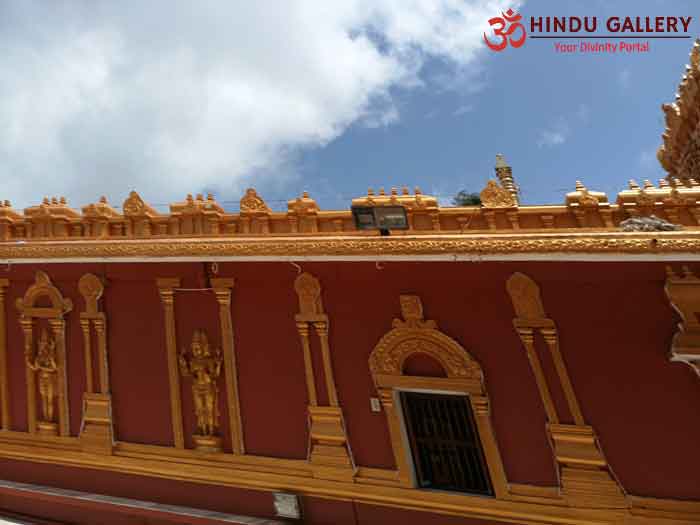
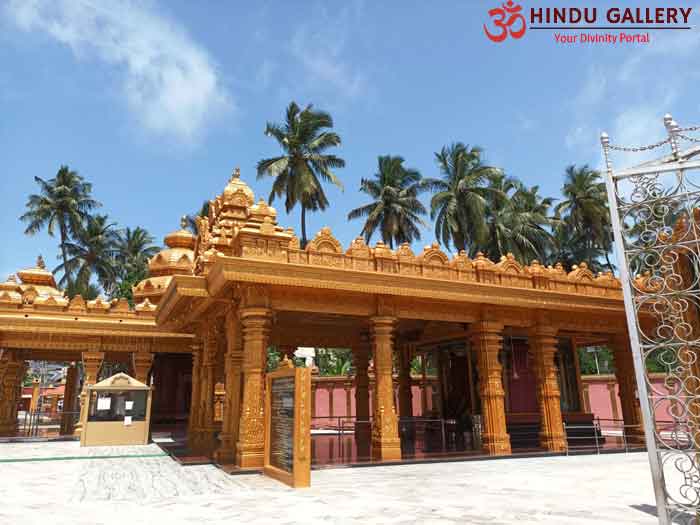
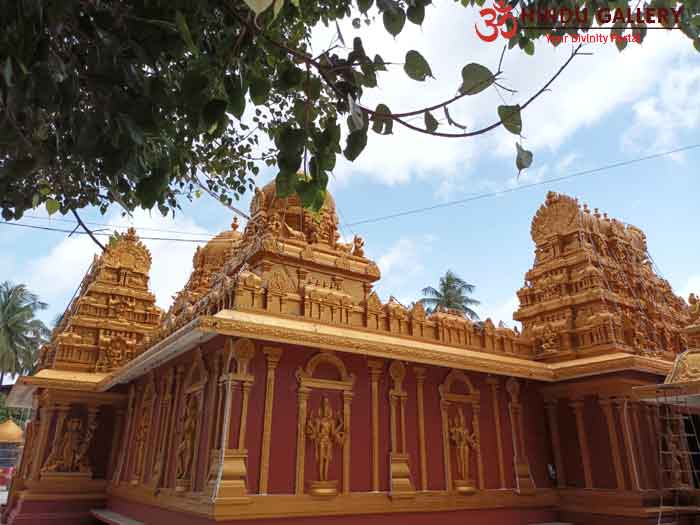
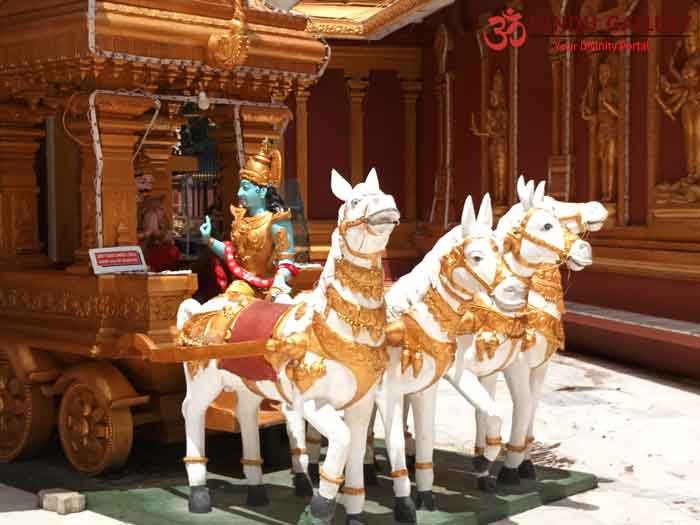
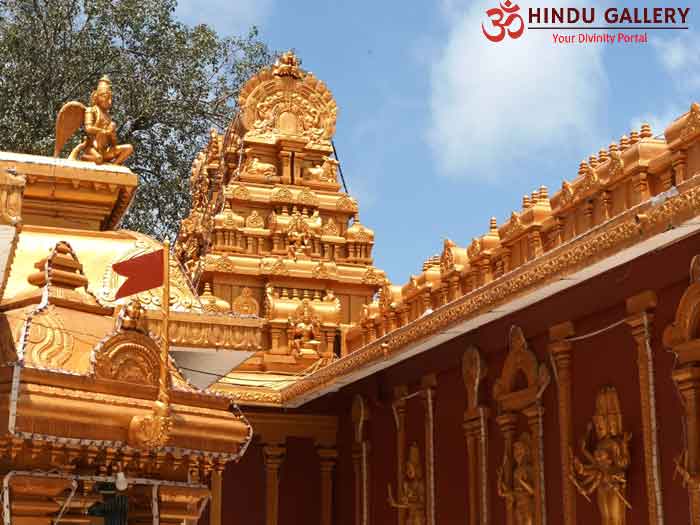
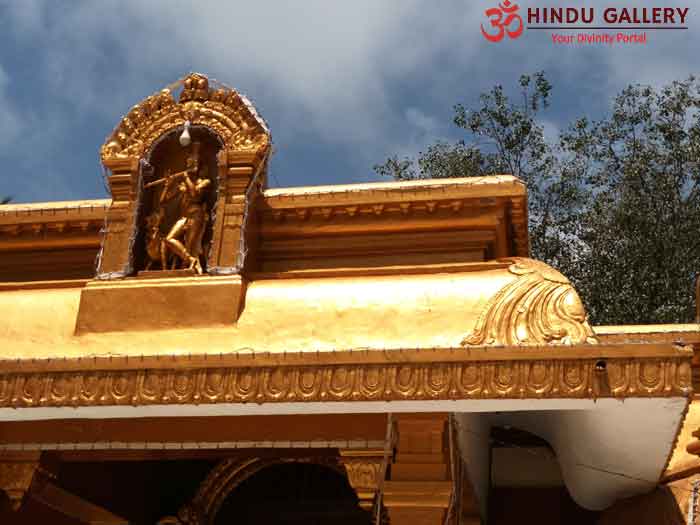
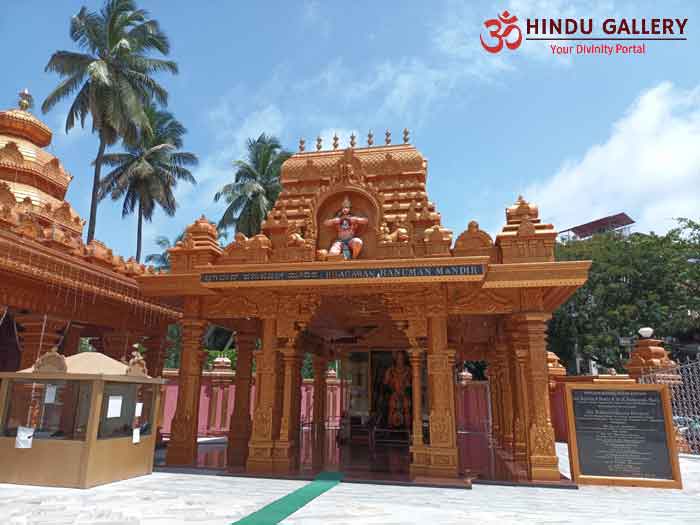
The premises has a huge pond with divine idols placed at the banks.
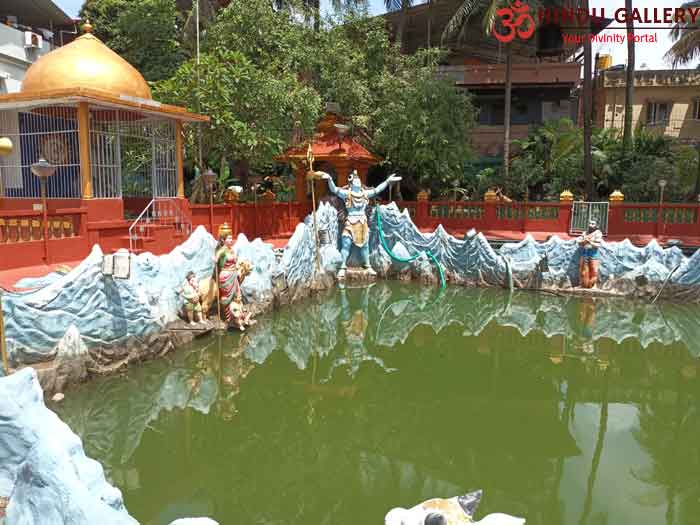
The Gopurams in this temple are built as per Dravidian Architecture with sculptures depicting epics and puranas.
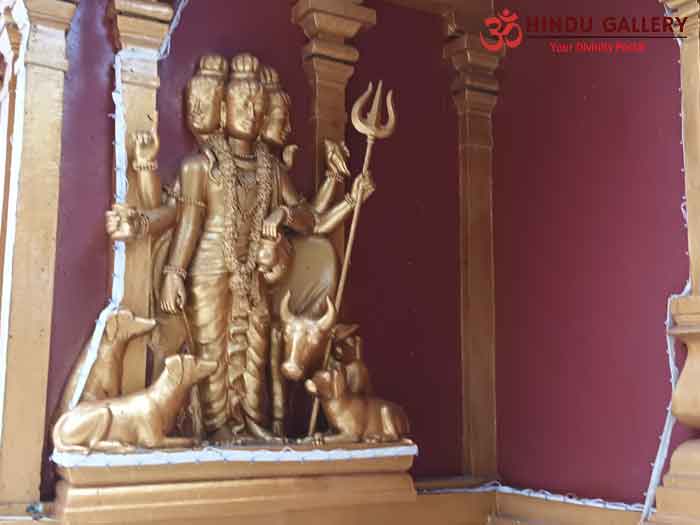
The temple is open from 06.00 A.M to 02.00 P.M and from 04.30 P.M to 09.00 P.M.
All the festivals including Shiv Rathri, Yugadhi, Janmashtami, Ganesh Chathurthi, Nava Rathri, Naga Panchami, Deepavali, Karthika Deepam, Sankaranthi are grandly celebrated at this temple. Sri Narayana Guru Jayanthi is also celebrated.
Sri Durga Paraemshwari Temple, Kaateelu
This temple is ascribed to the worship of Sri Durga Devi. It is situated on the sandbank of the Nandhini river which is exactly in the midst of its origin and destination.
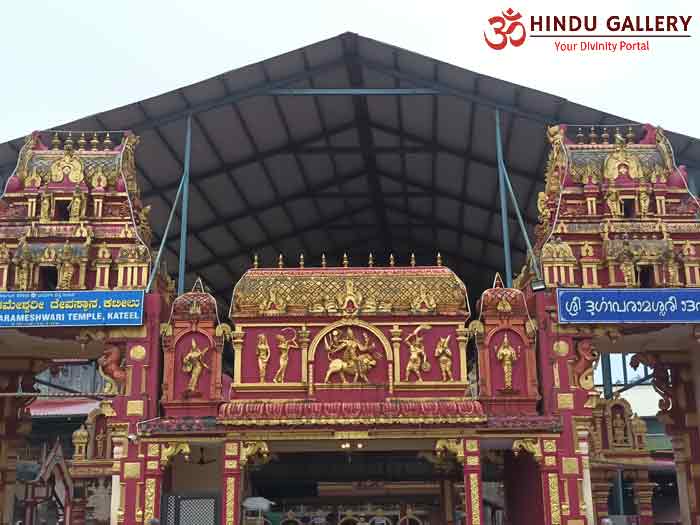
Kaati means river; Eeelu means middle. Kaateelu means the place in the middle of the river. The place Kaateel is the birthplace of Karnataka folk art named Yaksha Gana.
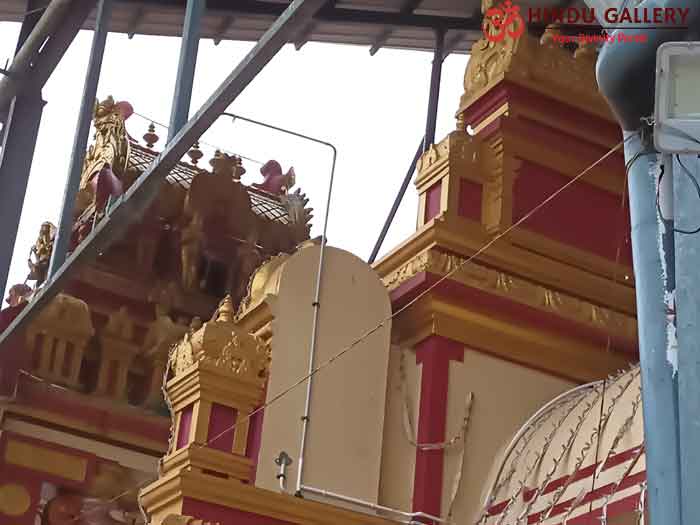
The temple is built in Kerala style of architecture.
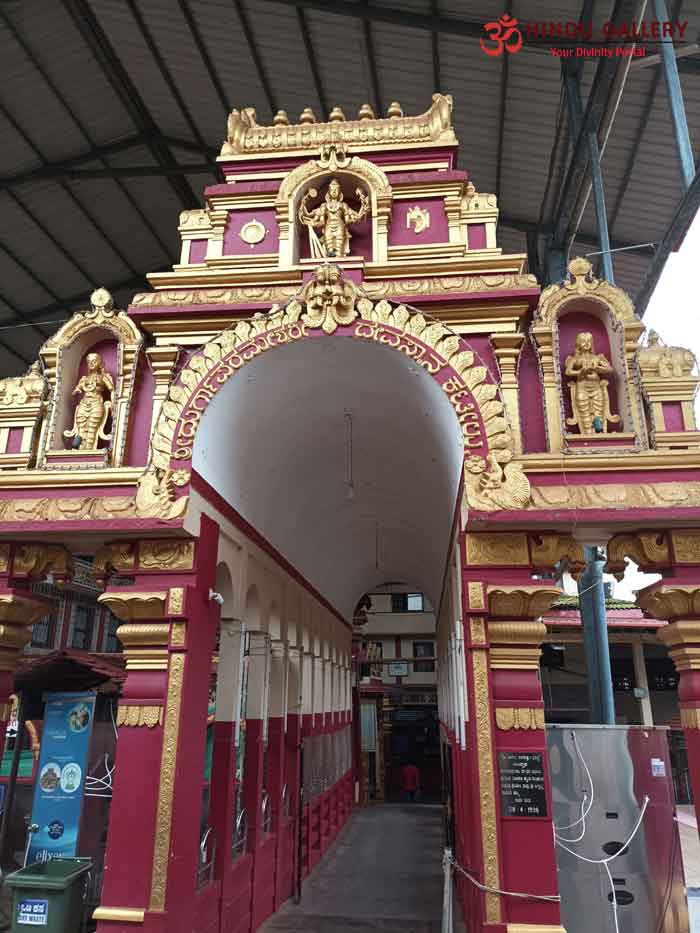
Legend
The legend pertaining to the temple is believed to be mentioned in Markandeya Puran, Skandha Puran, Sri Niranjanaya Mahathmiyam and Sri Devi Bhagavatham.
Long back, this area was a barren land without any source of water. All the living beings suffered due to draught. Sage Japali, who was in the area had surmised that the Demon Arunsur was responsible for the plight.
He had approached Devendra to end the misery. Devendar had asked the Sage to approach Nandhini, the daughter of Kamadhenu, for help. When the Sage approached her, she was playfully inattentive.
This has irked the Muni. He had cursed her to be born as the river Nandhini. Instantly, river Nandhini started flowing in the region. This meant that she would be under the spell of Muni’s curse.
Nandhini had prayed to Durga Devi to alleviate her curse. Sri Durga had told her that She would be born in the middle of the river and on Her birth, Nandhini would be relieved of the curse.
Meanwhile, Arunasur was getting uncontrollable. He did penance towards Sri Brahma and got the boon that he should not be destroyed either by humans or animals. Along with granting the boon, Sri Brahma had also asked him to chant Gayathri mantra constantly.
Left with no other choice, Japali and the other sages had worshipped Maa Durga for their protection from the demon. Devi had assured them that She would diminish the demon.
Knowing that the demon Arunasur was being powerful with the constant chanting of Gayathri Mantra, Devi had decided to divert him. She took the form of an enchanting Mohini and appeared before the demon. Leaving his Gayathri japam chanting, the demon started pursuing the Mohini. He even asked her to marry him.
Mohini kept teasing him and lured him. She also told him that She only had destroyed the demons Shumba and Nishumba. The Asura got furious and chased her. The Mohini had hidden behind a rock right in the middle of the Nandhini river.
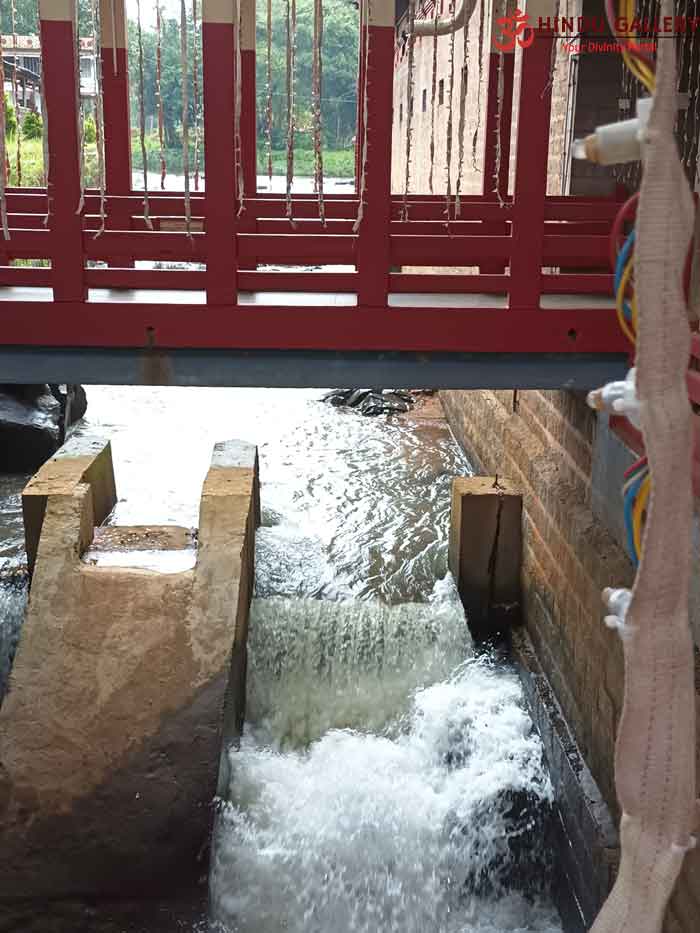
The Asura had broken the rock; From the rock, a big army of honey bees came and struck him. Sri Devi took the form of Queen bee and stung the demon to his end.
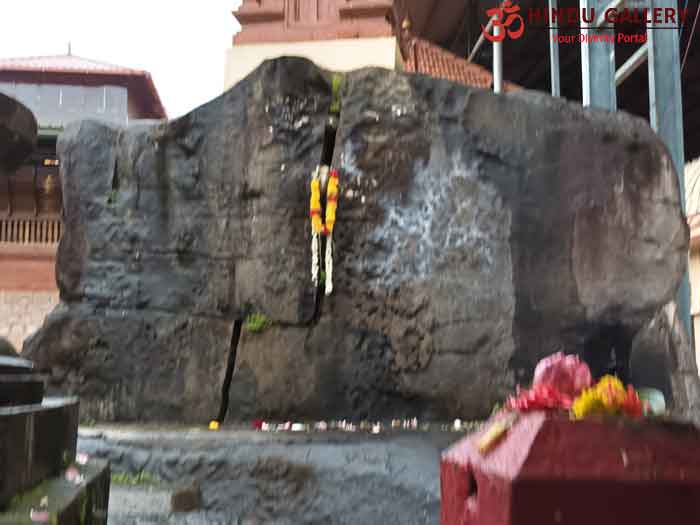
Even after diminishing the Asura, Devi was ferocious. To cool her down, Japali and other Sages had done abhishekam to Her with tender coconut water.
The rock is now just opposite the main sanctum and it is revered as Raktheswari rock. Pujas are done to the rock three times a day with tender coconut water.
At the main sanctum Sri Durga Devi is in the form of Shiv-Ling. The Shiv-Ling is self-manifested and it is decorated as Sri Ambika. The Deity is called as Sri Udbhava Linga. Abhishekam to Sri Durga Devi is done only with tender coconut water. The wet Kumkum is offered as prasadam to the devotees.
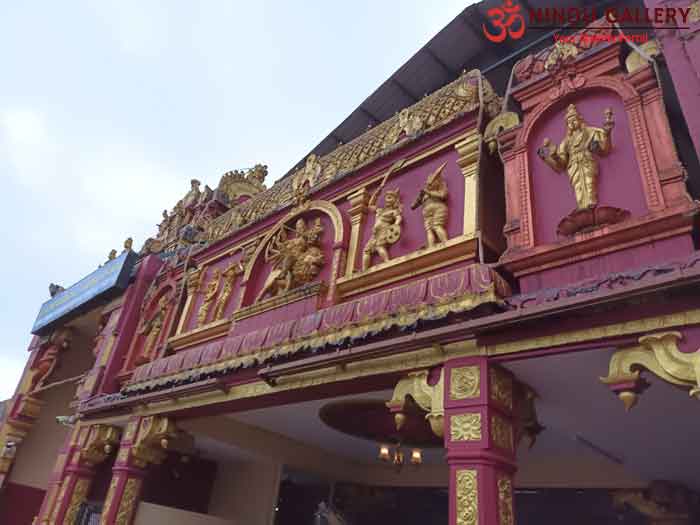
Apart from the main sanctum and the divine rock, there are dedicated small shrines for Sri Maha Ganapathi, Sri Sashtha, Sri Kshethra Palaka, Sri Naga, Sri Chamundi Devi and Sri Brahma Deva.
The special pujas done at the temple are Aksharabyasam, Chandi Puja, Yaksha Gana, Karthi Puja, Hoovine Puja, Durga Namaskara, Kumkumarchane and Sri Suktha Abhisheka.
The temple is open from 04.00 A.M to 10.00 P.M. Morning Abhishekam starts at 06.00 A.M followed by abhishekam to Udhbava Linga by 06.30 A.M, Pradosha Puja at 07.00 A.M, morning Maha Puja at 12.30 P.M, evening Maha Puja at 07.30 P.M and Ranga Puja at 08.30 P.M.
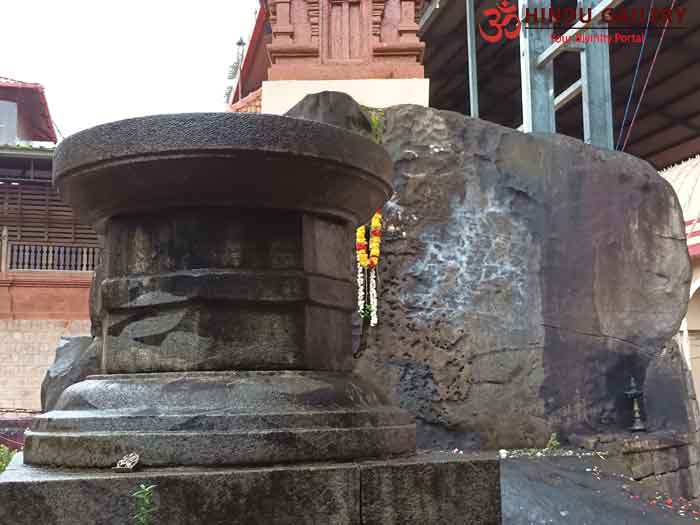
The annual Brahmotsavam of this temple is associated with Mesha Sankaranthi. It is considered as the Solar New Year. On the day prior to this, Ankura Puja is done to the Deity. On the day of Mesha Sankrama, flag hoisting is done and it is called as Dwaja Arohana.
Vasantha Urchavam is done at the beginning of spring season. The Urchava Murthy is kept in Vasantha Mandapam. Fruits, Vegetables and Flowers are offered as Neivedyam to the Goddess and distributed to the devotees as prasadam.
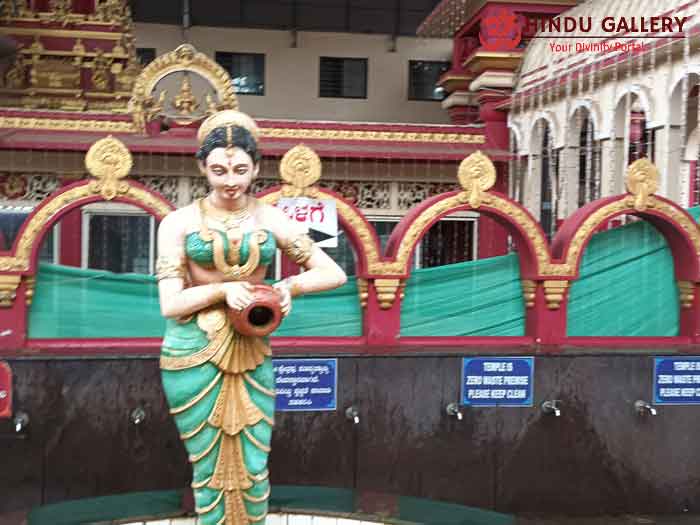
On the tenth day of Vrushaba month, Yaksha Gana troupes associated with the temple perform on six podiums at Ratha Street. This event is called as Hatta Nadhi Pattanaje.
Sri Krishna Janmashtami is celebrated grandly at this temple. A pot filled with buttermilk is hung between the top ends of two poles. Yaksha Gana is also performed in the evening.
Kadiru Habba / Navanna festival is observed in Bhadrapada month. The bunch of corn spikes is taken in the presence of the Deity and for sanctifying.
Navarathri is another major festival associated with this temple. Chandika homam and Ranga Puja are done on all the days of Navarathri.
On Magha Pournami day, special pujas are offered to Nandhini river as it is the day of its descent to the earth.
Apart from the above, Rashi Puja, Dhanu Puja, Bhajana Mangalothsava and Naga Panchami are also observed at the temple.
It is devoutly believed that worshipping Maa Durga at this temple would alleviate family and property disputes. It is also believed that praying to Her would result in curing of heart related ailments.
Anna dhanam is done at the temple twice a day. During Mesha Sankaranthi, the urchava Murthy is worshipped at the Anna dhanam hall.
Kateel Mela ascribed to the temple is very famous. As this place is the birthplace of Yaksha gana, it is said that there are 5 Yaksha gana troupes associated with this temple.
Bathing in the temple theeertha is called as Theerthasana. It is believed that it bestows alleviation of previous sins. The temple has a golden chariot. Devotees are allowed to pull the chariot by paying the requisite fee after their prayers are answered.
Kateel is situated at an approximate distance of 25 KM from Mangaluru town. The nearest Railway Station is Mulki.
The temple has facilities for accommodation also.
Other temples
The other temples in Mangaluru are Sri Mariamma Temple at Urwa, Sri Shaurav Maha Ganapati Temple, Sri Kalikamba Vinayaka Temple, Sri Nandaneshwara Temple, Sri Prasanna Venkatesa Temple, Sri Vishnu Murthy Temple, Sri Maha Lingeshwara Swamy Temple, Sri Anantha Padma Nabha Swamy Temple, Kudroli Sri Krishna Temple and Kudroli Sri Bhagavathy Temple are a few of them.
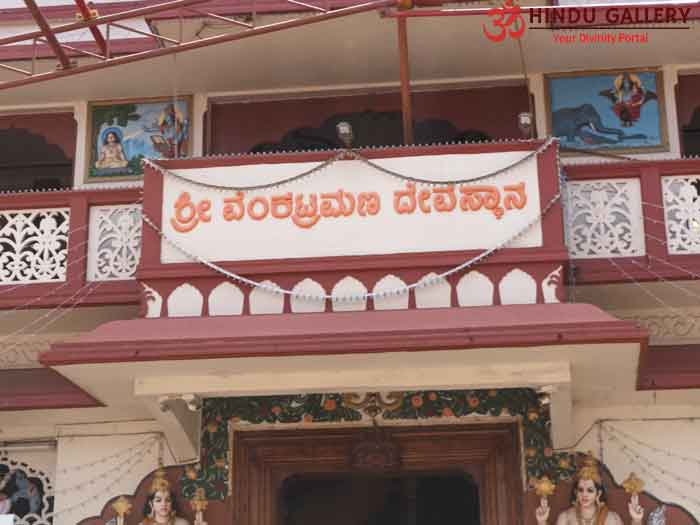
A Taxi or auto can be booked to visit all the temples in Mangaluru city.


